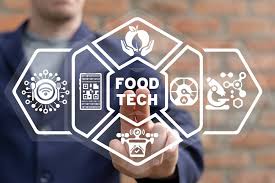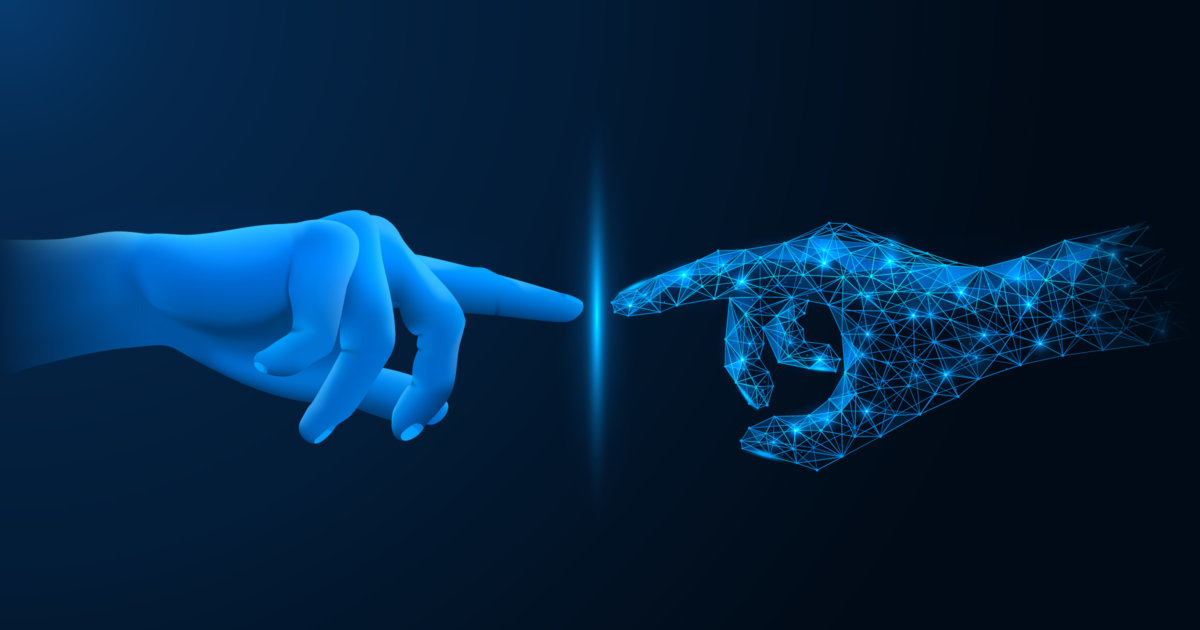justineanweiler.com – FoodTech, or food technology, refers to the use of innovative technologies to improve the production, distribution, preparation, and consumption of food. From sustainable farming solutions to digital dining experiences, FoodTech is transforming the global food industry by addressing challenges like climate change, food security, and consumer demand for healthier, more sustainable options.
Key Areas of FoodTech Innovation
1. Alternative Proteins
The demand for plant-based and lab-grown proteins has surged, driven by environmental concerns and ethical considerations. Companies like Impossible Foods and Beyond Meat have developed meat alternatives that replicate the taste and texture of traditional meat using plant proteins. Additionally, Eat Just and Upside Foods are pioneers in cultivated meat, producing real meat from animal cells without the need for livestock farming.
2. AgriTech (Agricultural Technology)
AgriTech focuses on optimizing agricultural practices through technology, improving crop yields and sustainability.
- Vertical Farming: Companies like AeroFarms and Plenty use vertical farming techniques that grow crops indoors under controlled conditions, using less water and land than traditional farming.
- Precision Agriculture: Technologies like drones, IoT sensors, and AI-driven analytics help farmers monitor soil conditions, water levels, and crop health in real-time, reducing waste and maximizing efficiency.
3. Food Delivery and Automation
The rise of FoodTech has also transformed how we order and receive food.
- Robotic Kitchens: Startups like Spyce in Boston have introduced robotic kitchens that prepare meals with minimal human intervention, offering faster and more consistent service.
- Delivery Drones: Companies like Wing (a subsidiary of Alphabet) and Uber Eats are experimenting with drone delivery, making food delivery faster and more efficient, especially in urban areas.
4. Smart Packaging
Smart packaging solutions are emerging to reduce food waste and improve safety. For example, Mimica Touch creates packaging that changes texture to indicate food freshness, helping consumers avoid wasting perfectly good products and ensuring safer consumption.
5. Food Waste Reduction
FoodTech also addresses food waste, which is a significant global issue. Platforms like Too Good To Go connect consumers with surplus food from restaurants and grocery stores at discounted prices, reducing waste and promoting sustainability.
Examples of FoodTech Companies Leading the Way
- Impossible Foods: Known for its plant-based burgers that “bleed,” Impossible Foods uses heme, a molecule found in plants and animals, to replicate the flavor and appearance of real meat.
- Infarm: A leader in urban farming, Infarm installs modular, indoor farms inside grocery stores, providing fresh produce grown on-site.
- Zume: Combines robotics and AI in pizza-making, automating the process from dough preparation to delivery, reducing labor costs and increasing efficiency.
- Oatly: This Swedish company popularized oat milk, a sustainable alternative to dairy, using patented enzyme technology to turn oats into a creamy beverage.
Impact of FoodTech on the Future
FoodTech is poised to reshape how we produce and consume food, offering solutions to some of the most pressing global challenges. By improving sustainability, reducing waste, and offering healthier alternatives, FoodTech is not only changing how we eat but also how we think about food. As technology continues to evolve, we can expect even more innovations that will make our food systems more efficient, accessible, and sustainable.





